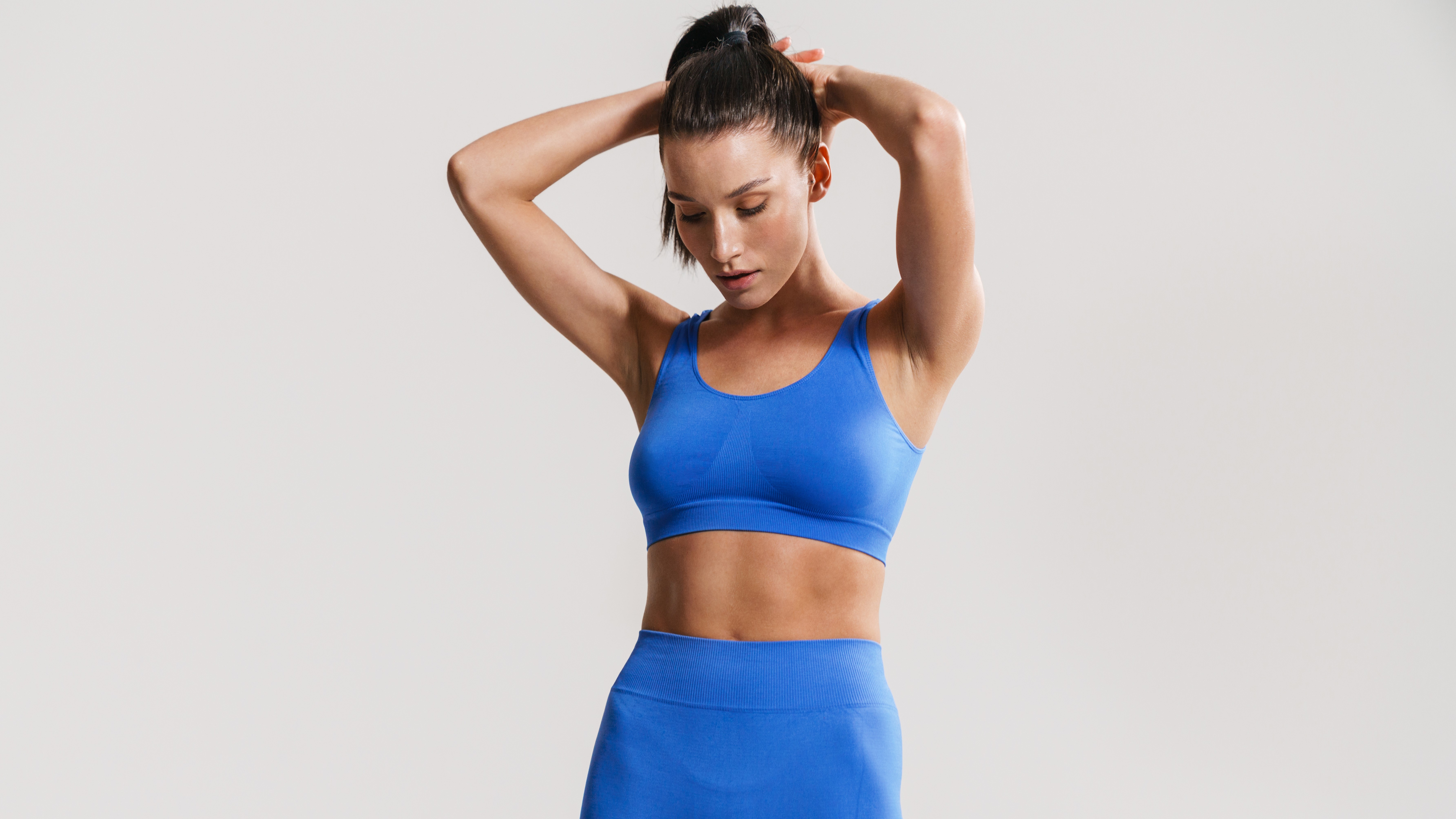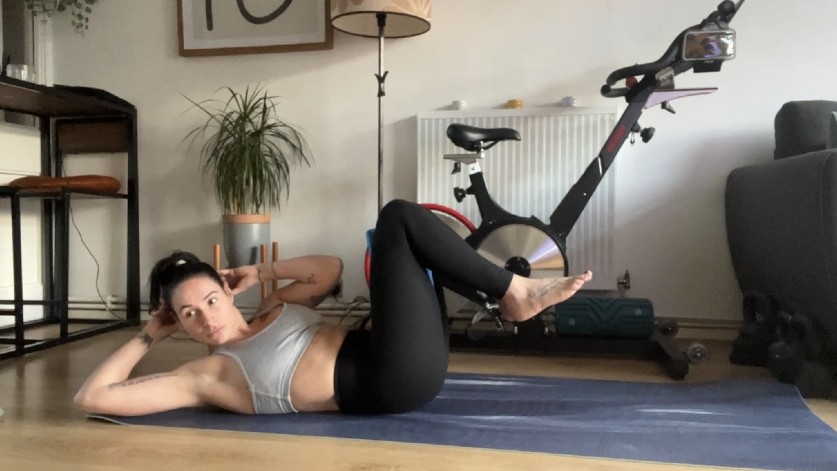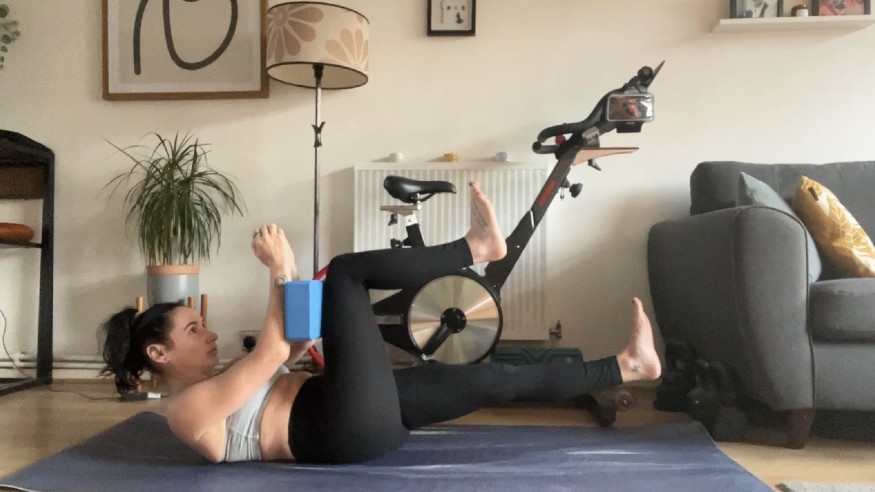
Sculpt stronger abs and obliques using just your body weight, this abs workout and a yoga block.
Now is the perfect time to dial into low- or no-equipment workouts, when one of the best yoga mats might be all you have available. This workout only takes 10 minutes, which means it can fit pretty much anywhere in your day and set your core alight with very little prep needed.
If you don’t have a yoga block, a pillow or cushion will do. Watch the video below to follow along, plus we’ve got some tips to help you maximize that midsection melt.
Watch Workout With Roxane’s 10-minute yoga block abs workout:
“Time to have some fun with the yoga block or pillow/cushion,” Roxanne says. “This video is full length which means you can just follow along with me as I explain all the Pilates-based exercises!”
The workout format is simple: 10 different exercises performed 50 seconds on and 10 seconds off. “Do this workout on its own, or repeat two times if you really want to SWEAT!” she adds. You can break for a few minutes between rounds or tack the workout to the end of your main workout as a finisher.
Can you get abs with bodyweight exercises?

Progressively overloading your muscles doesn’t just mean lifting heavier weights over time, although that is a very effective way to build muscle, known as hypertrophy.
You can still build abs using bodyweight exercises, and there are so many creative exercises you can try to strengthen and define your core if sit-ups, crunches and the other “traditional” core exercises aren’t working for you.
Fat percentage ultimately determines how well we can see muscle definition, so while you might be adept at strengthening your core muscles, you still may not see a six-pack.
Fat loss (for many) isn’t a quick and easy process, so take a closer look at factors like how active you are during the day (read: What is NEAT?) and diet and lifestyle — if muscle definition is your overall goal.
Roxanne provides a few helpful tips, adding “You cannot spot reduce fat,” meaning you can’t choose where you lose fat on the body. To combat this, she recommends a calorie deficit to elicit overall fat loss: “I say slight, as slow steady weight loss is best for overall health,” which means burning more energy during the day than you consume.
Pilates, weight training and bodyweight exercises are all great examples of exercise to do if you want to develop your core strength and stability.

Personal trainer tips
Before you jump into this workout, a few tips from Pilates instructor Roxanne and myself (a personal trainer).
Roxanne recommends keeping your lower back flat on the mat during moves that involve lifting and lowering your legs and only going as far as you feel comfortable. “Think about imprinting your spine to the mat when your legs are lifted," she says. "Think about drawing your ribs to your hips as you crunch up. You can keep your head resting on the mat if it's more comfortable. Remember the mind-muscle connection. Really think about your abdominals 'crunching.'”
I’m a sucker for a yoga block. Used in yoga to either progress or regress an exercise, depending on ability, blocks can improve muscle activation, alignment and posture during class. A firm cushion, pillow, or book works just fine, too, but make sure you’re actively pressing your hands or legs into your prop (depending on the exercise) to help switch those working muscles on while you work.
Remember to focus on core activation throughout — this is the most important thing to do when working your abs — to help protect your lower back, and keep your spine as neutral as possible without hunching your shoulders or rounding your back.
To properly support your lower back on the yoga mat, press gently into the mat to maintain neutrality by lightly tilting your pelvis toward your spine. At no point should you feel like your lower back is taking the strain or excessively arching.







